Nunfield Farm, Old House Lane
There is a story attached to Nunfield Farm that it is built on the site of an old nunnery/monastery and that a nun was bricked up alive there. This is mentioned as follows in ‘Some Notes on the Road from London to Canterbury in the Middle Ages’ (1898) Edited by Henry Littlehales.

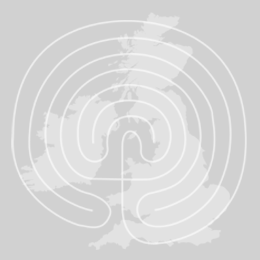
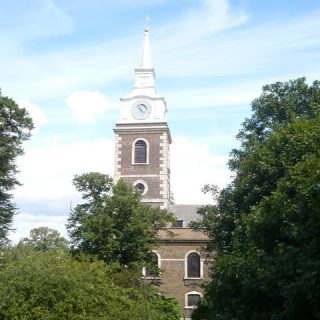
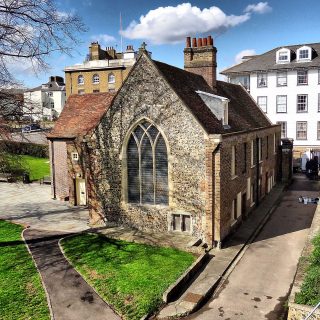
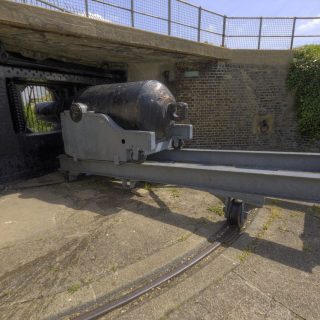
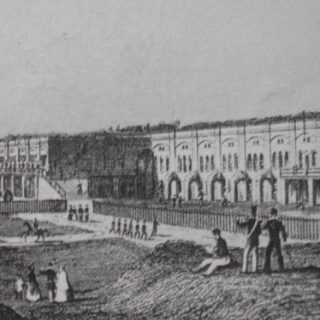
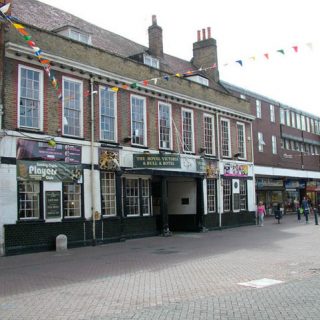
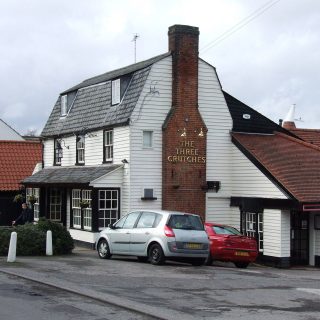
Recent Comments